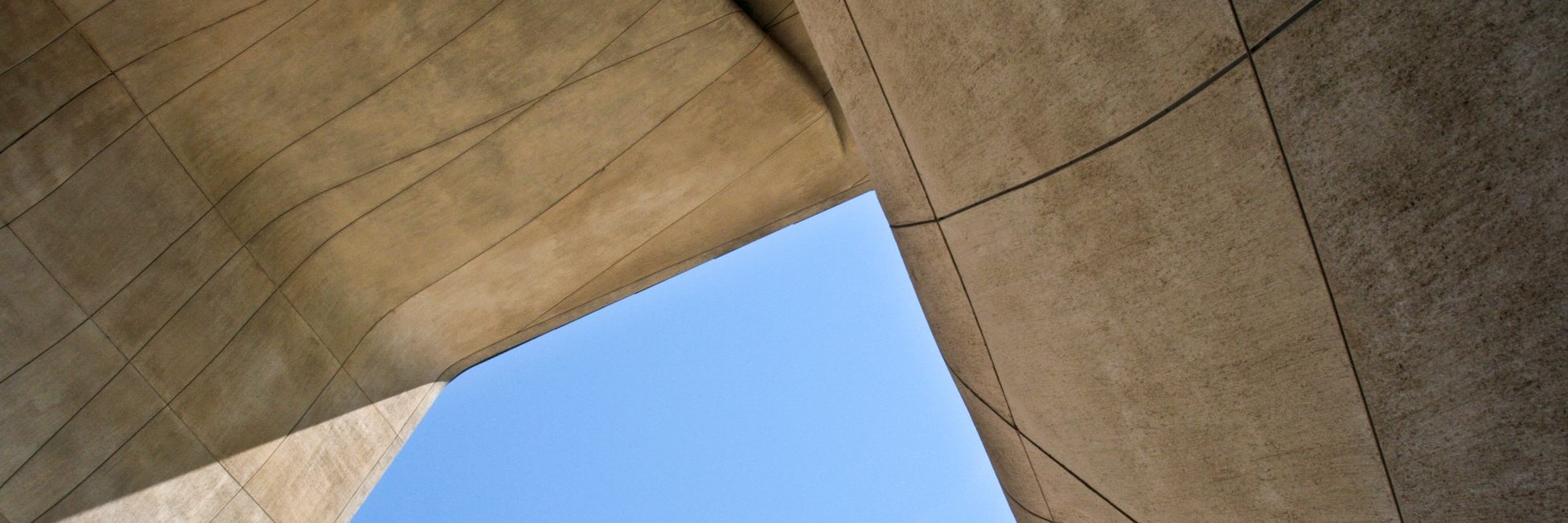Why is this significant?
When I say that Warsaw reminds me of Los Angeles, people laugh thinking that I am joking. I respond: yes, Warsaw has a palm tree, and yes, Warsaw has a beach. But that’s not all.
Lukasz Kos
I’m sitting in a conference room of an office of a potential client, located in a pre-war tenement building, one of the very few left in Warsaw. The entire building is being renovated from top to bottom, dust covers the entire building except for this office, which seems untouched. The original pre-war parquet floor has been restored; its geometric pattern is meticulous and sophisticated. I’m truly impressed. We are discussing the forthcoming property investments of his company and the type of architect he is looking to hire. Though I am listening carefully, I can’t help but notice the artefacts on display. Beautiful prints of maps, antique lamps, finely crafted modernist chairs. Having noticed my wandering eye, the client asks: – would you like to see something really interesting? He invites me to another room and points my attention to a pre-war telephone. He goes on to explain that he is renovating the crank-operated telephone, to be able to connect it to the existing landline in his office. He is completely sure that the crank-operated telephone will work, as any other modern landline phone.
Here I am, in my third year in Warsaw, on the eastern fringes of the European Union, in the hinterland of the industrialized West, just before it meets the open steppes of the Eurasian landmass, convinced of the seemingly impossible.

Warsaw, Krzysztof Kowalik / UNSPLASH
Occupied rather than occupying
Why is this significant? Like most European cities, Warsaw has a specific identity and culture, but unlike many capitals, it lacks history of long periods of prosperity, let alone, the colonial adventures of the West. On the contrary, the greater part of the post-enlightenment history of this part of Europe has been defined by being occupied, then by occupying.
There was, however, a unique period of prosperity known as Poland’s golden era – a mythical time when the West was engulfed and distracted by the Lutheran/Catholic conflicts, and the East was yet to emerge as an imperial power. In Poland specifically, the era began in the late 16th century and lasted for two more centuries. Wealthy decentralized provincial nobility ruled during these two centuries, having strict control over the monarchical rule, including the implementation of the election law concerning Poland’s kings. The territory did not suffer from any major conflicts during the first 100 years of the period.
Poland had taken on ostensibly laissez faire capital growth through its Jewish merchant class, which flourished during this period. In Poland at the time, race, religion and ethnicity were less important, than the nobility’s ideal of distance from the monarchical rule. In other words, citizenry prevailed above all else. In fact, to a point that Poland boasted having the first constitution in Europe, though short lived. Soon after the penning of the 1793 constitution, the centralized powers of the East and the West erased Poland from the map of Europe for over 120 years, until the end of World War I.
“The greater part of the post-enlightenment history of this part of Europe has been defined by being occupied, then by occupying”.
Fall from grace
Why is this significant? It’s significant because, even though the golden era is a fond distant memory, it is also the beginning of Poland’s fall from grace. The difficult truth about the era was that the decentralized reign of the nobility had been slowly infiltrated over the course of two centuries by the neighbouring kingdoms that concentrated their power in a more centralized and focused hierarchical systems. In comparison, Poland appeared disorderly and unrestrained, which facilitated its division and conquer by the highly focused Austrian, Prussian and Russian powers, until the end of World War I.
Poland’s short-lived independence between WWI and WWII was characterized by ambitious infrastructural projects, such as the construction of the entirely new modernist port-city Gdynia. Until today, it is a remarkable time capsule of European early modernist ambitions and a direct evidence of the wherewithal of then elite. However, it was accompanied by an interwar period of insecurity and external meddling, not the least of Lenin’s attempt to invade the weakened post-war continent in 1921, only to be stopped and pushed back at Warsaw.
Additionally, Poland was a country glued together from parts of three separate colonial empires – the protestant Prussia, catholic Austria and orthodox Russia, each with its own unique forms of the rule of law. This was followed by World War II and its horrors, then the Stalinist communist rule and its horrors, then the nationalist communist rule and its horrors, only to be replaced with 30 years of crony capitalism, when the same partitioning powers of the 19th century exerted behind-the-scenes influence.

Los Angeles, Stephen Pahel/ UNSPLASH
Warsaw like Los Angeles
Why is this significant? It’s significant because it exerts a direct influence on the culture of the place, and in turn on the built environment and how it is organized. When I say that Warsaw reminds me of Los Angeles, people laugh thinking that I am joking. I respond: yes, Warsaw has a palm tree, and yes, Warsaw has a beach (packed during the summer months). Warsaw, like Los Angeles, is characterized by a patchwork of seemingly temporary buildings (not architecture), without a coherent character that could form a neighbourhood, devoid of urban qualities, disconnected from one another in a patchwork city dominated by automobiles.
Like Los Angeles, Warsaw is a city where automobiles dominate everyday life. In Warsaw, there are more cars on sidewalk, than people. There was no need for parking during communism, as only elites had the luxury to own a car. Moreover, the corrupt post-communist political elite ignored the planning problems associated with a sudden influx of automobiles, probably because there were no solutions to this problem lucrative enough to line their pockets. As a result, ad hoc street level parking is delegated to sidewalks, forcing pedestrians to navigate between thin strips of remaining sidewalk between bumpers and building.
“In Los Angeles one waits for the next destructive earthquake, while in Warsaw one waits for the next colonizer or the next bomb to be dropped”.
Waiting for the next bomb to be dropped
Why is this significant? If Mies van der Rohe is correct and “architecture is the will of the epoch translated into space”, then Warsaw in particularly is suffering from a ceaseless lack of will, due to years of interrupted stifled growth and instability. In Los Angeles one waits for the next destructive earthquake, while in Warsaw one waits for the next colonizer or the next bomb to be dropped. Prosperity is reserved for a small minority, or privileged elite, while the rest of the citizens fight for survival on a daily basis, forcing their way through the sidewalk, designed as wide, but narrow in practice, avoiding oncoming traffic in an attempt to make it from point A to B. A state of permanent temporality ensues. Everything that is built, is not built to last, but rather built to produce quick results. Ironically, Warsaw’s most imposing and seemingly permanent building is Stalin’s Palace of Culture and Science, an enduring reminder to the citizens of Warsaw and their post-colonial state of limbo.
Why is this significant? It is significant because I moved here three years ago, and as I often like to say, I have the good and the bad fortune of comparing my life in Warsaw to other places I’ve lived and practiced, including Toronto, Los Angeles and Shanghai. The ugly side of being able of making this comparison is that my spirit suffers when surrounded by so many broken spirits of this city, while knowing they don’t have to be broken. The good side of being able of making this comparison is that I recognize the potential of what life could and should be like in this city. To return to my potential client and his pre-war telephone: despite the fact that this patchwork city can easily bring one to a state of dull lethargy, when one meets such a fanatic, one is immediately reminded of the golden era and the prosperity it brought to this region of Europe. In these rare moments, I begin thinking about Warsaw in another way, and about its potential to be revitalized into a properly functioning modern city; starting with a pre-war telephone in a pre-war tenement.

Lukasz Kos – director of KOS architects in Warsaw. Currently developing architectural projects in a number of countries including: a restaurant and villa in the United Kingdom, a co-working space in Toronto, and a number of residential and hotel projects in Poland. His work has been recognized internationally by renowned design publishers Taschen (Cologne), Thames & Hudson, Laurence King (London), Gestalten (Berlin), Braun (Switzerland), as well as Architectural Record (New York), among many others.




